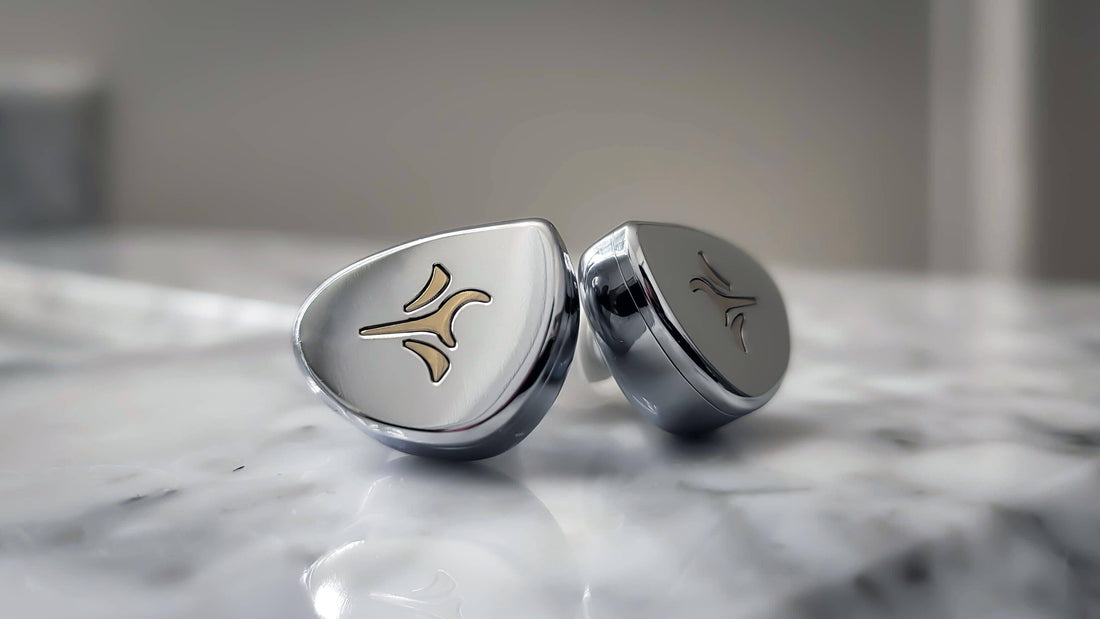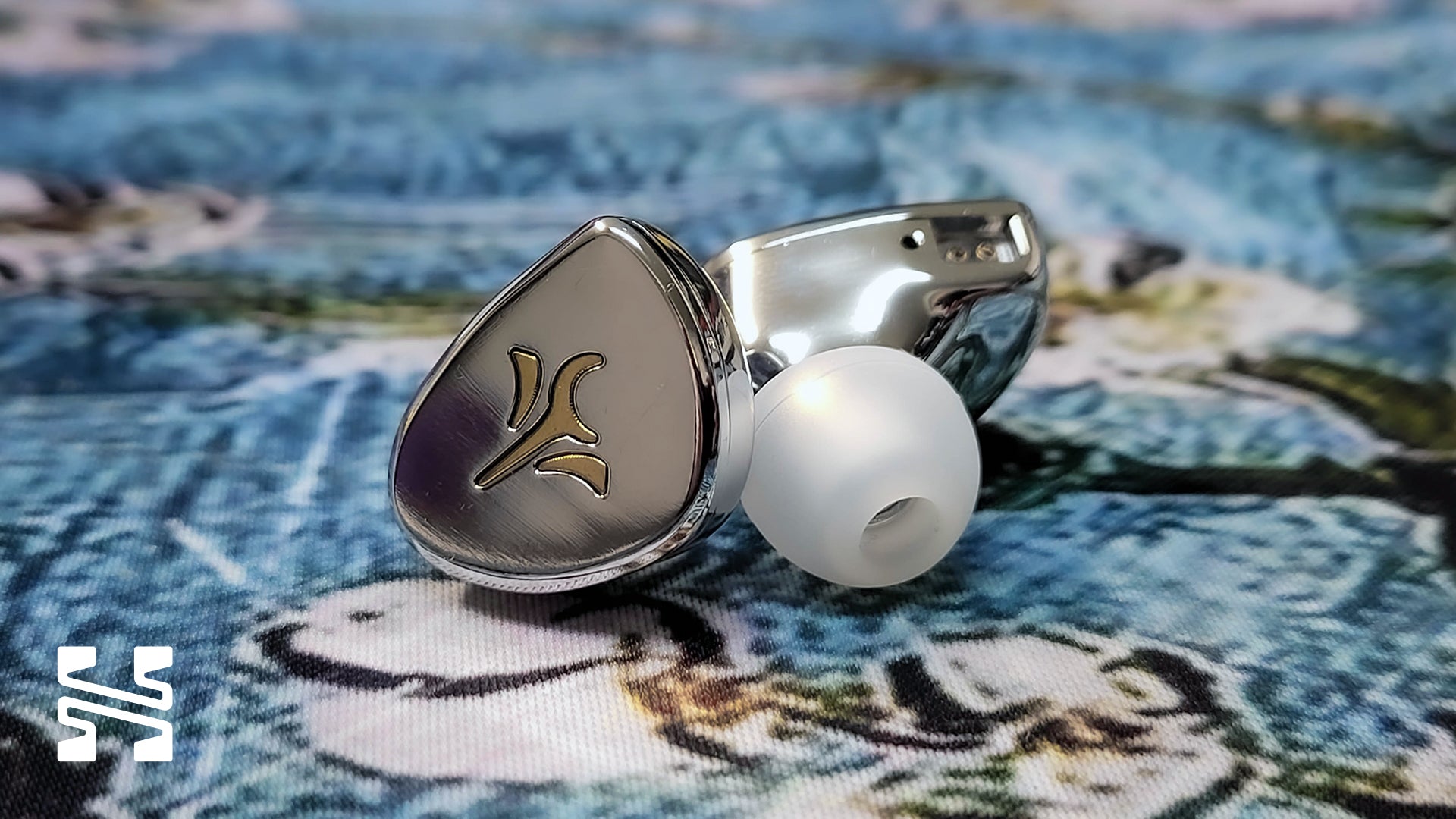SeeAudio Yume 2 Review: Continuation of a Dream

Introduction
The topic of today’s review is the newly released SeeAudio Yume 2, $200 2 BA + 1 DD IEM. As its name implies, the Yume 2 is the direct successor to the original Yume which was first introduced over a year ago. I reviewed it a while back and long story short, the Yume was tonally superb but technically limited. With that in mind, let’s see what changes the SeeAudio team has implemented with the Yume 2.
Review unit on loan from HiFiGo
What we like
- Tasteful W-shaped tuning
- Improved technical performance over original Yume
What we don’t like
- Heavy price/performance competition
What’s In the Box

- SS/S/M/L/XL sized generic silicon tips.
- Silver 2-core 3.5 mm cable with 2-pin terminations. Decent cable if for a bit of cable memory.
- The Yume 2 shells, constructed of full metal metal with a shiny mirror-like finish and the SeeAudio logo on it. They’re ergonomically shaped in the standard half-moon style. It’s a fingerprint magnet.
- A white square-shaped carrying case.
- Various anime-themed paraphernalia.
The Yume 2 is a comfortable IEM and I had no issues with having them in ear for an extended period of time.
Source(s): Apple USB-C dongle
Sound and Frequency Response

Frequency response of the SeeAudio Yume 2. Measurement taken with an IEC-711 clone microphone. Comparisons can only be made relative to other measurements taken by this specific microphone. A peak at about 8 – 10 kHz is likely an artifact of the measurement rig and may not exist as depicted here. Measurements above 8 kHz are not accurate. If possible, reference multiple measurements.
In general, the Yume 2 has what I would call a mild W-shaped tuning. It’s well done, though it’s clear that there’s a bass shelf and upper treble uplift. There’s about 9 - 10 dB of pinna gain in the upper mids as seen in the graph here. It pulls vocals and mid-focused instruments forward and provides them with a good sense of clarity to balance out the lower mids elevation. I don’t find it shouty. The midrange tonality of the Yume 2 is what I would classify as reasonably ideal. It does lean on the thicker side of things, particularly with the vocals. There’s quite a bit of body in all of the instruments but I wouldn’t really call the Yume 2 warm.
The bass shelf of the Yume 2 is quite obvious. While it’s not a basshead IEM, the Yume 2 does not shy away from bass quantity in any way. Anemic is not a word I would use to describe it. Bassy instruments have a satisfactory amount of thump and boom. The bass quality is distinctly a dynamic driver. Notes are weighty, transients are a little rounded, and decay lingers just enough to fill out the notes. The Yume 2 doesn’t focus much on having tightly defined notes but at the same time, I never got the sense that it was bloated or messy. It’s a relatively clean affair regardless of the genre I throw at it. As far as IEMs go, I’m fairly pleased by the Yume 2’s bass quality. While it doesn’t necessarily have a lot of texture, it very nicely fills out the low end without any complaints.

I like the way treble is implemented in the Yume 2. There’s a small dip in the 5 - 7 kHz that curbs sibilance and the sharp, crisp attack of the hats and cymbals. Yet it rises again in the mid and upper treble. Importantly, the upper treble rise is later - in the 14 kHz region where I’m less sensitive to (as opposed to the 11 kHz peaks I often see). I find this gives the Yume 2 a paradoxically mellow yet highlighted treble. The notes of treble-focused instruments are accentuated but aren’t harsh in any way. Instead, it’s almost as if I can casually observe the character of the note and how they’re being played. That said, like many headphones and IEMs, the timbre of trebly notes aren’t perfect. In the case of the Yume 2, the hats and cymbals in high energy tracks tend to be sizzly, but in a muted way.
Altogether, this is why I would say the Yume 2 is a pleasantly W-shaped IEM. It has the bass elevation, it has the midrange clarity and forwardness, and it has a touch of treble presence. Not enough to make it bright but enough to draw attention to it and flavor the music. Not too many IEMs nowadays follow a tuning like this and fewer still can do it well. I’m happy to see SeeAudio has managed to accomplish this nicely with the Yume 2.
Love our in-depth reviews?
We test and review hundreds of headphones every year. Sign up to get the latest news, reviews, guides, and more in your inbox. Join the 60,000+ like-minded audio lovers who love our newsletter!

Presentation
I noted that the original Yume didn’t have much in the way of technical ability. A tongue-in-cheek way of looking at it back then was that it was a $200 IEM tuned like a $1,000 IEM with the technical prowess of a $50 one. Thankfully, I think the Yume 2 has improved significantly on that front. While it won’t blow you away with its resolving ability or dynamic ability, the Yume 2 is what I would consider satisfactory for the price point.
Soundstage is IEM-like, no surprise there. Imaging is solid horizontally. While it lacks vertical information or stage depth, the Yume 2 is able to place notes with an appreciable nuance across the left and right stereo stage. Notes aren’t too sharply defined on the Yume 2 so it doesn’t have that “HD-like” sheen to it but the Yume 2 does manage to paint a fairly coherent picture of the music without getting too bogged down or feeling sluggish. Instrument separation and layering is fairly good. I can pick up how instruments build on top of each other to create more complex passages. In other words, you won’t be critically analyzing music with the Yume 2 but if enjoyment is the primary concern (which it should be for most of us), the Yume 2 should be a pleasant experience.
Comparison to the SeeAudio Yume

I say comparison but to be completely honest, the original Yume and Yume 2 have very little in common. While they might share the same driver configuration and price tag, they might as well be different IEMs altogether. But for completion sake, here it is.
The Yume has a better tuning than the Yume 2. Better in the sense that it’s a lot smoother in its transitions between the bass and lower mids compared to the Yume 2’s obvious bass shelf and upper treble hump. Though to be fair, the Yume did lack some upper treble extension which meant that it sidesteps any complaints in that region. On a technical level, as noted above the Yume 2 is just cleanly better than the Yume. Not only does it have more bass, it’s of better quality. It resolves, layers, and images better. I don’t find myself longing for better technicalities on the Yume 2 that I did on the Yume.

Should You Buy It?
Yes, I can recommend the SeeAudio Yume 2. I think it’s a fine product and quite an enjoyable listen. At $200, it definitely won’t win any price-to-performance awards in today’s market but if you’re okay with not getting the absolute best bang for your buck and are looking for a pleasant W-shaped IEM to listen to on the go, I think the Yume 2 is worth an honorable mention among all the other IEMs vying for your attention.
